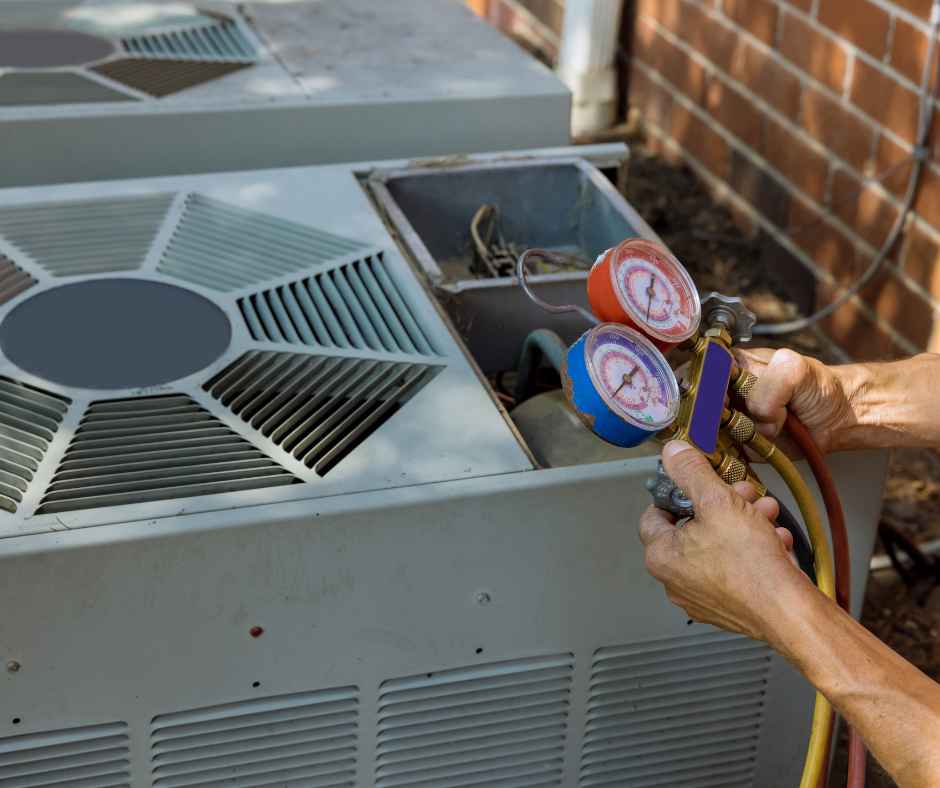Serving Douglas County & The Surrounding Areas

Preventing Hidden Household Hazards
Preventing Household Hazards
Homes are frequently thought of as safe spaces; refuges from the stressors of the outside world. However, there could be potential health hazards lurking within a house, and the most dangerous ones may not be discovered until a family member becomes inexplicably ill, or damage arises from a malfunctioning system or a major weather event.
Being aware of these potential risks and taking steps to inspect your home and mitigate the issues can help prevent serious consequences while keeping your family safe from the following household hazards.
Mold
Mold is a type of fungus that can grow any place with excess moisture, including carpets, insulation, drywall, wood, fabric — virtually anywhere. Although you might not realize it, mold spores can always be present both indoors and out.
Mold spores can enter your home via any opening, including your HVAC system or open windows. These spores thrive in wet areas, especially in damp basements, areas where there are leaks (like in roofs and around pipes), and anywhere there has been flooding. And it doesn’t take many of them to create a significant problem or cause health issues.
According to the CDC, mold can cause upper respiratory symptoms like coughing and wheezing even in healthy people. For those with asthma or other respiratory conditions, the effects can be serious, causing shortness of breath, asthma attacks, and pneumonia.
The best way to prevent mold is to prevent or repair leaks. Keeping your home dry and controlling the humidity can also help reduce the moisture that fosters mold growth. Maintaining proper ventilation, and keeping your HVAC system in optimal working condition with regular maintenance, including air filter changes, can help reduce the spores in the air and preserve air quality.
Asbestos
Originally used as a fireproofing material, asbestos has been linked specifically to mesothelioma. Asbestos is most often found in roofing materials, ceiling and floor tiles, and some cement products, particularly in older homes. Although most products containing this material were banned in 1989, homes that were built or remodeled before this may still have it.
The greatest risk for asbestos exposure comes when materials that contain the substance are improperly removed. For example, removing floor tiles that contain asbestos can release fibers into the air, which creates a health risk when breathed in. If you are planning projects for an older home, it’s best to have an asbestos inspection conduction beforehand, and leave all removal and abatement to professionals.
Radon
Radon is a chemical element that forms when uranium breaks down within the earth. Colorless and odorless, the radioactive gas can enter your home via cracks in the basement, and without proper ventilation, it can build up and potentially lead to health problems.
According to the Environmental Protection Agency, exposure to radon gas is the leading cause of lung cancer among non-smokers in the U.S. Among smokers, the risk of lung cancer increases significantly when exposed to radon.
The only way to know if your home has excessive amounts of radon is to have it tested. If the results show that the air contains 4 picocuries per liter or more (4pCi/L), then furnace repairs may be necessary.
You may also need to repair any cracks in the basement and improve ventilation throughout your home. Ventilating the basement with a heat recovery ventilator, also known as an air-to-air heat exchanger, can also help reduce radon gas. Other potential mitigation techniques prevent the gas from entering your home to start with or involve removing the radon from the soil.
Carbon Monoxide
Carbon monoxide is a colorless and odorless gas that can cause serious illness or even death if it’s not properly ventilated out of your home. It forms when carbon or carbon-containing compounds don’t fully combust. It can come from sources like unvented gas or kerosene heaters, leaking furnaces, auto exhaust, gas stoves, and leaking or blocked flues from the fireplace or furnace.
The effects of carbon monoxide vary based on age and overall health, as well as the amount and concentration. At low levels, exposure can cause fatigue. At the highest levels, carbon monoxide can cause headaches, nausea, dizziness, confusion, and ultimately death with prolonged exposure.
The best way to know whether there are dangerous levels of carbon monoxide in your home is via an alarm. You can prevent excess buildup by maintaining proper ventilation and using appliances properly. Always make sure the flue is open when using the fireplace, never run gas-operated heaters or generators indoors, and have your HVAC system serviced annually to check for leaks or malfunctions that could lead to carbon monoxide poisoning, a potentially lethal household hazards.
Formaldehyde
Formaldehyde is a preservative used in a wide range of household products, in particular furniture made from pressed wood, insulation, pesticides and fertilizers, and even in some fabrics and beauty or cleaning products, like nail polish and dishwasher detergent.
The greatest danger of formaldehyde comes from the off-gassing of these products. For those who are sensitive to it, formaldehyde in the air can cause skin, eye, nose, and throat irritation. In extremely high concentrations, the gas has been linked to cancer.
You can avoid formaldehyde exposure by carefully reading product labels and avoiding those that contain the chemical. Maintaining proper ventilation can also reduce formaldehyde exposure. There is some evidence that warm, moist air increases formaldehyde off-gassing, so using your air conditioner and a dehumidifier may also help reduce exposure to similar household hazards.
Creosote Buildup
Creosote forms when you burn wood. It’s mostly tar, and when the wood smoke flows up your chimney and hits the cold air, the tar sticks to the inside of the chimney liner or brickwork. Over time, creosote accumulates on the chimney interior, creating a major risk for fire and eventually affecting ventilation.
If smoke cannot properly escape your chimney, it will cause dangerous air quality inside your home. Smoke contains fine particles that can get into your lungs, causing breathing problems, illnesses like bronchitis and pneumonia, and can aggravate other conditions, like heart disease.
Keeping your chimney free of creosote with annual cleaning is a must, but if there seems to be excess buildup, upgrading your furnace to a more clean-burning model may be necessary.
Environmental Factors
Depending on where you live, environmental toxins like smog, vehicle exhaust, and outdoor air pollution can enter your home and cause health issues. You can reduce the amount of pollution that enters your home with an HVAC system that filters toxins out of the air.
HVAC systems are equipped with air filters that, when properly maintained, can catch a significant amount of the pollution in the air before it’s circulated through the vents. Keeping your windows closed and the HVAC running when outdoor air quality is poor, and using air purifiers throughout your home can also reduce health issues.
General Poor Air Quality and Airborne Household Hazards
Even if your home doesn’t have any of these known household hazard, you can still suffer the effects of generally poor air quality in your home. Biological contaminants like pet dander, pest droppings, pollen, viruses and bacteria, dust, dust mites and their droppings, and a host of other contaminants can enter your home via any number of means, and cause allergic reactions and illness.
Keeping your home clean and well ventilated can reduce these contaminants, but maintaining your HVAC system is also important. Making repairs and upgrades to your furnace and air conditioning, replacing filters regularly, and cleaning the vents as needed can go a long way toward maintaining clean, fresh air indoors and preserving your family’s health.
Recent News

Snow, Freeze & Thaw: How Colorado Winters Stress Your Plumbing
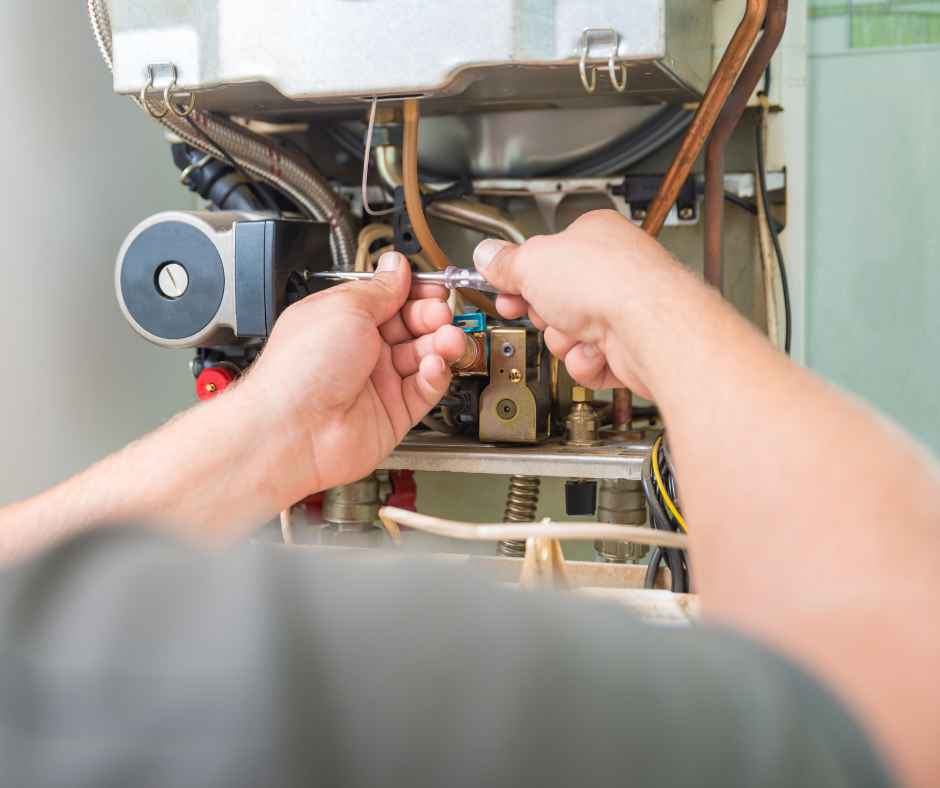
Emergency Heating Repairs: What to Do If Your Furnace Fails During a Colorado Snowstorm
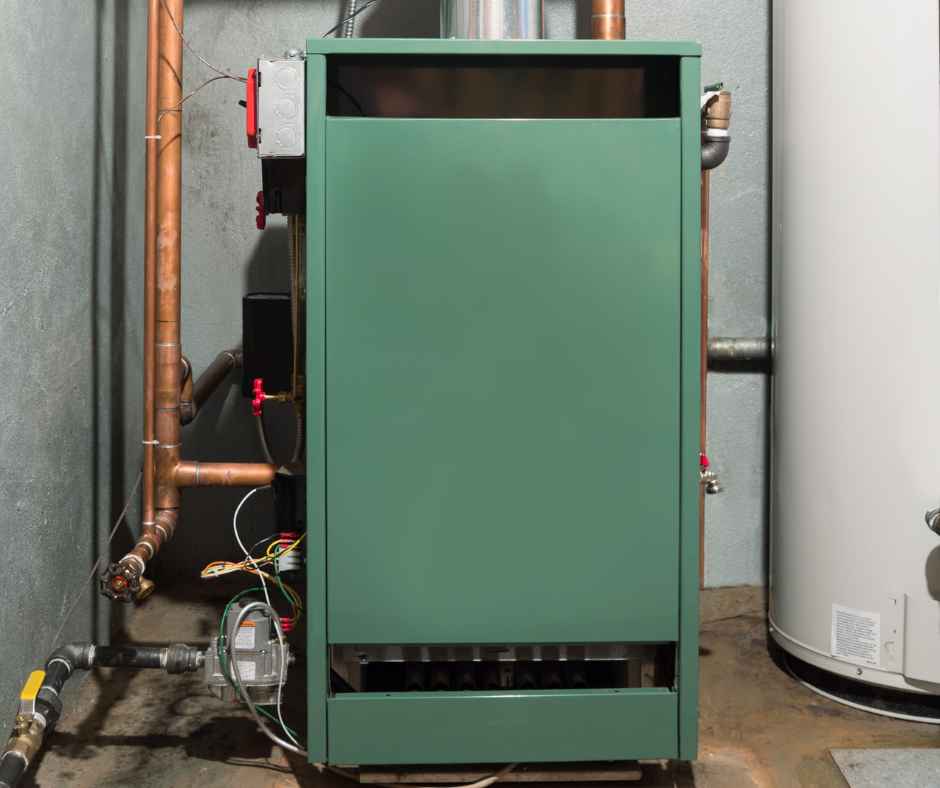
Comparing Heating Options for Colorado Homes: Furnace vs. Boiler vs. Heat Pump
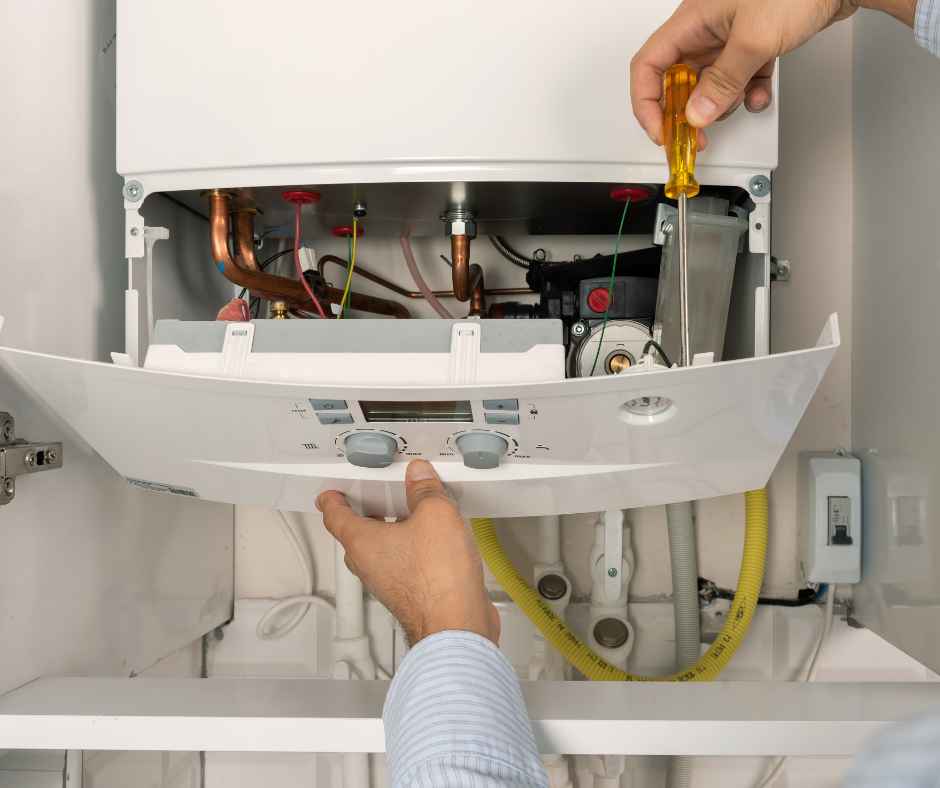
The Ultimate Fall & Winter Boiler & HVAC Maintenance Checklist for Castle Rock Homes
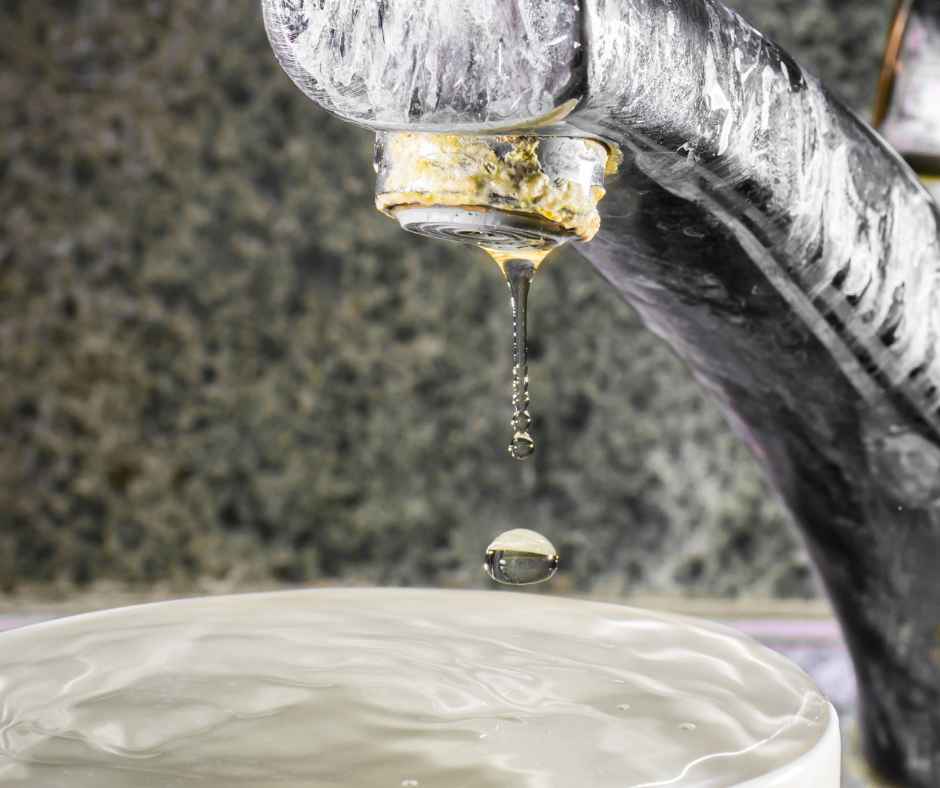
How to Choose the Right Water Filtration System for Colorado’s Hard Water
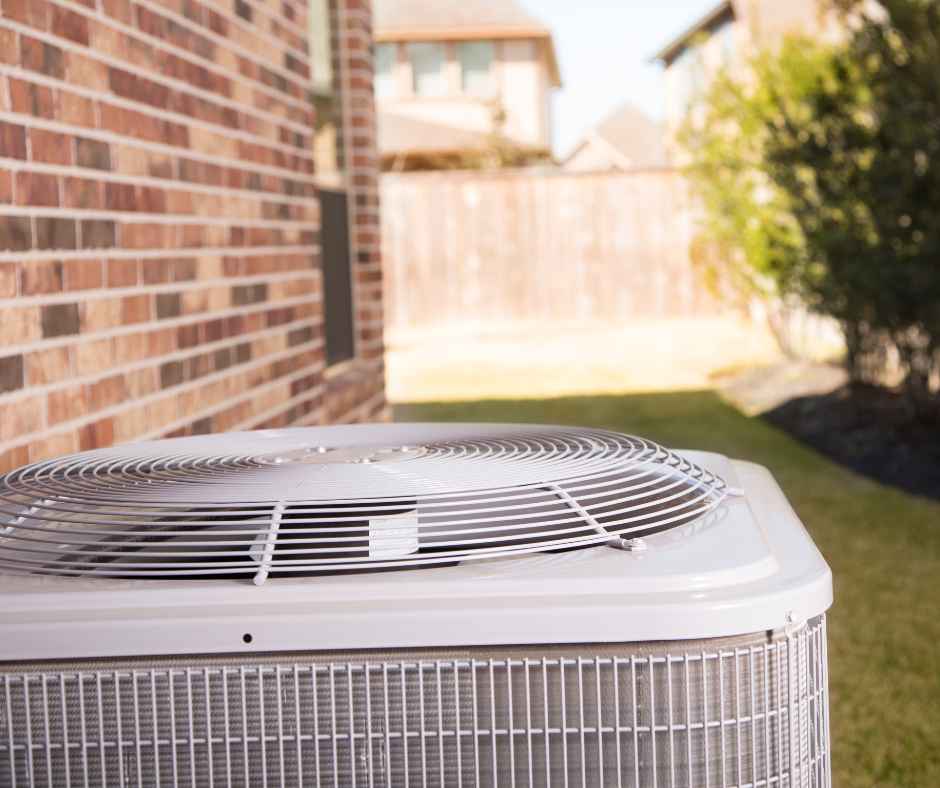
Maximizing AC Efficiency in High Altitude: Denver’s Summer Cooling Guide
